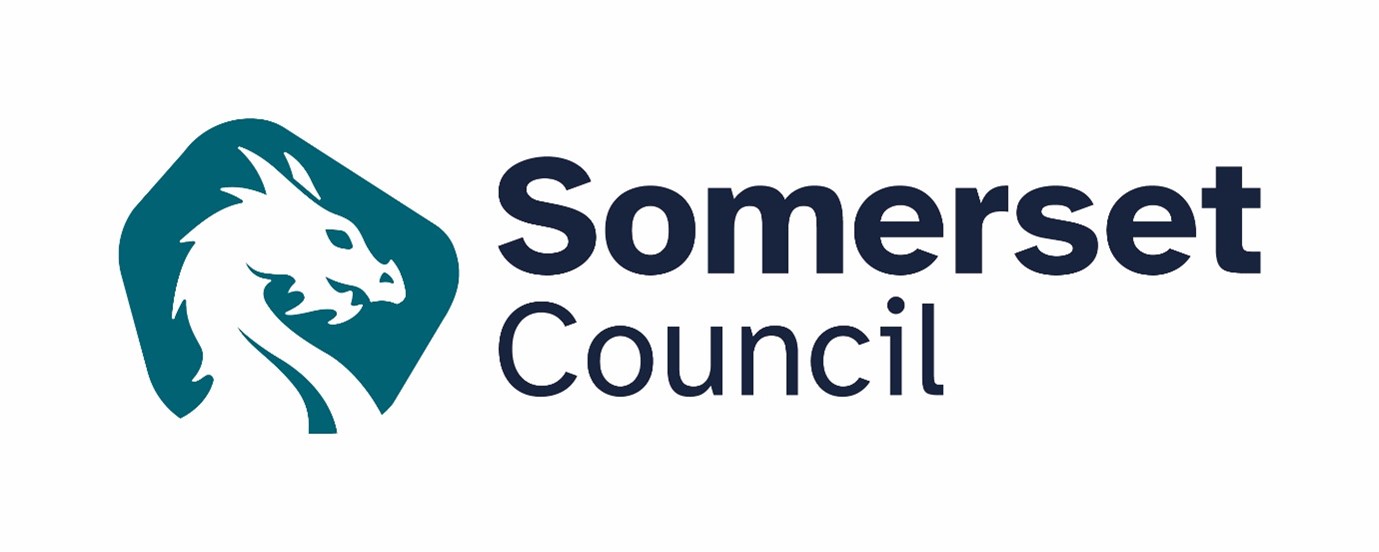Meeting
The agenda will be displayed in the week before the meeting
Proposed venue: John Meikle Room, The Deane House, Belvedere Road, Taunton TA1 1HE. View directions
Contact: Democratic Services on (01823) 357628 or email: democraticservicesteam@somerset.gov.uk
